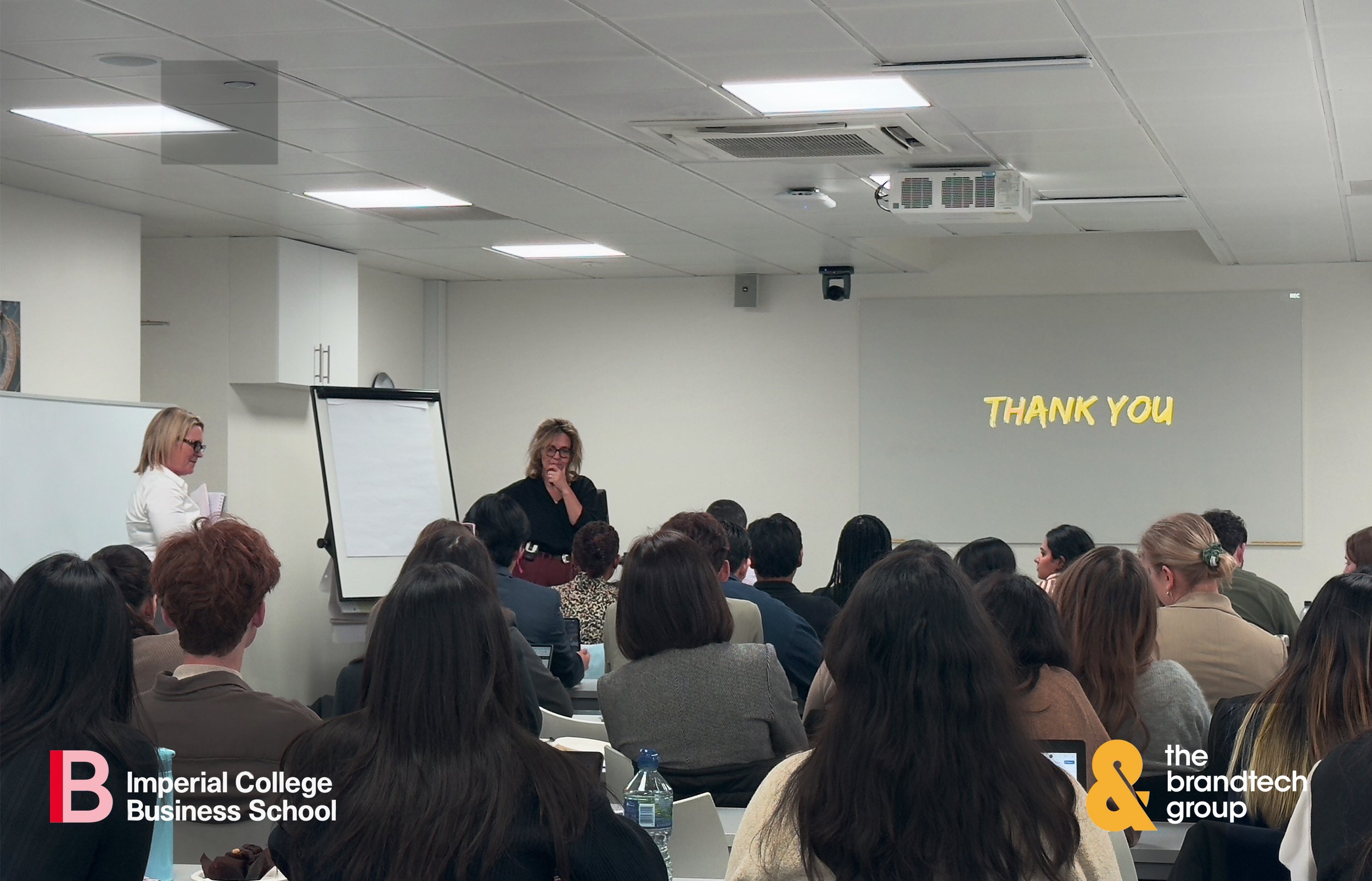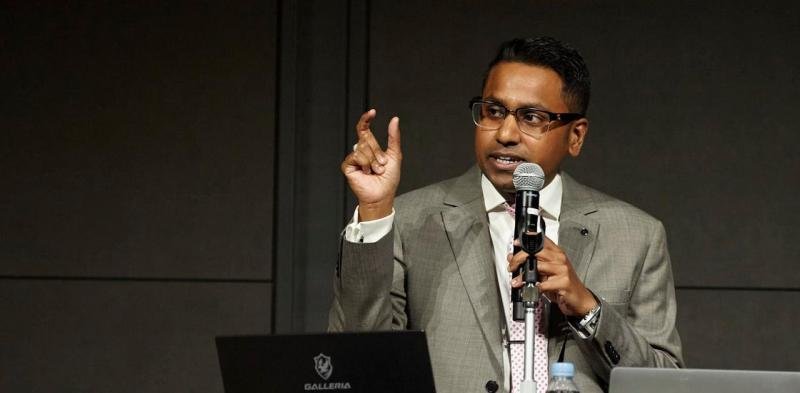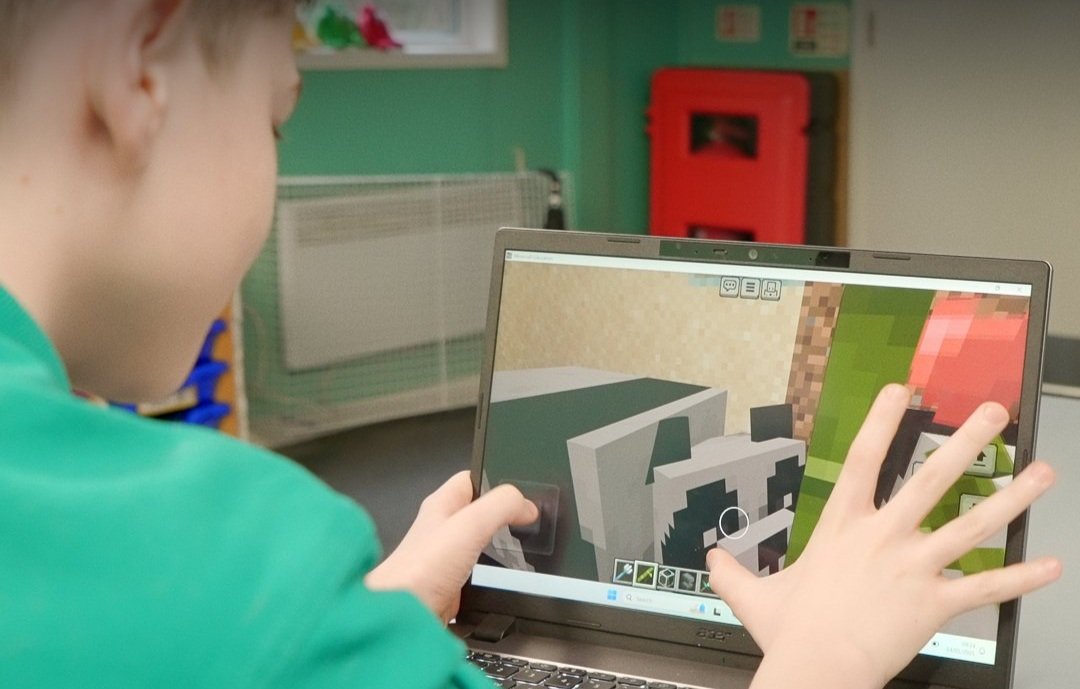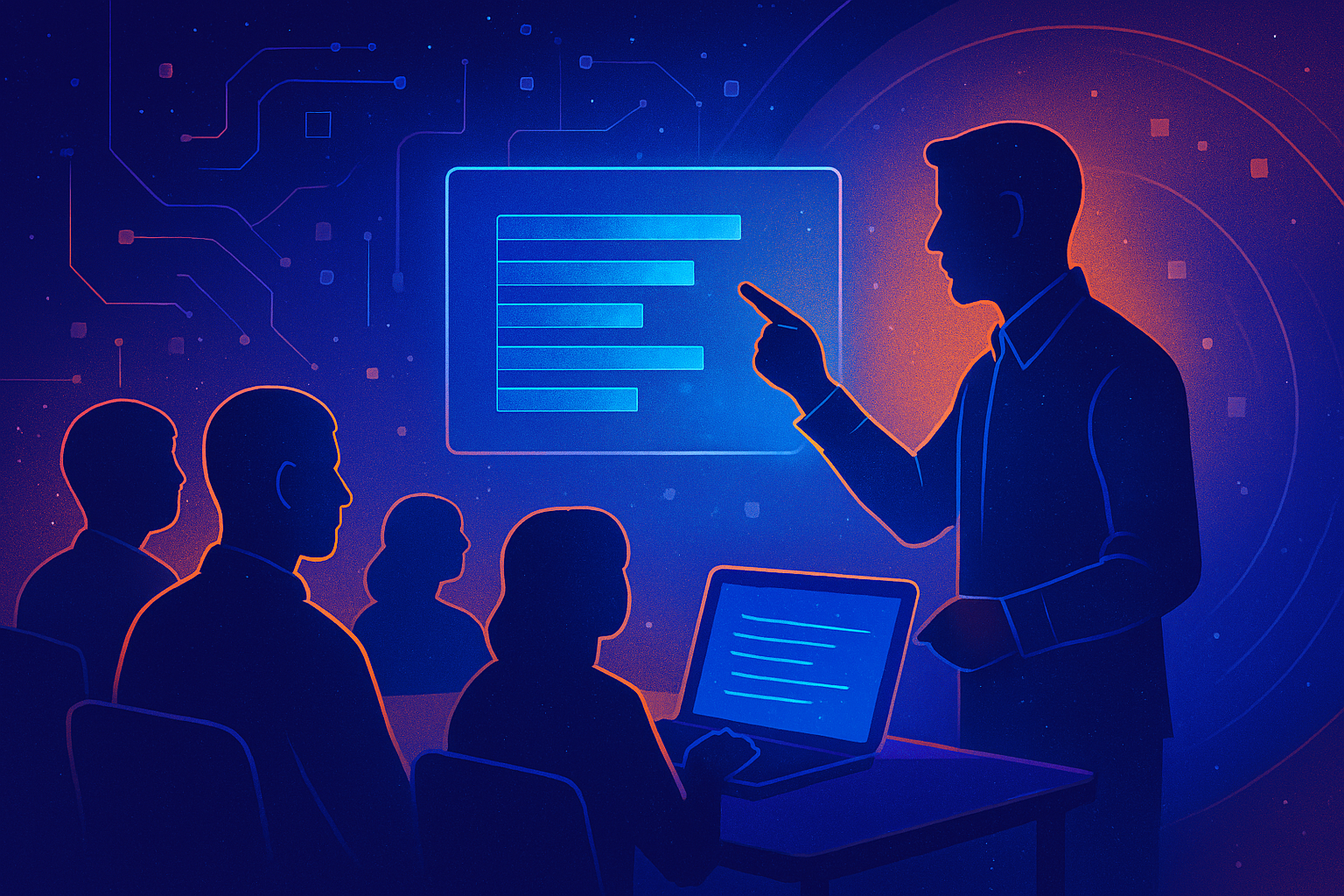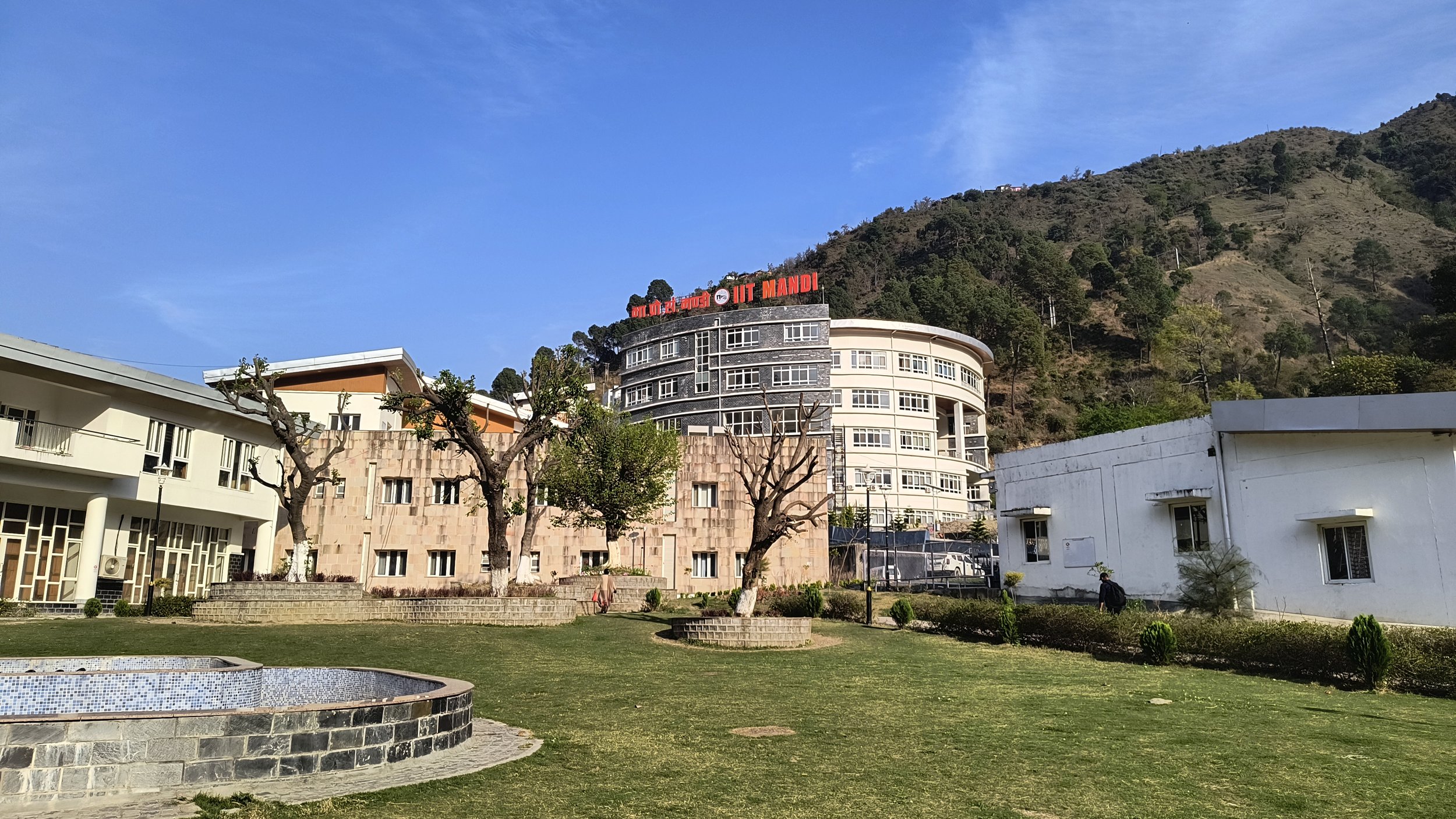NASA launches Power to Explore Student Challenge for K-12 with prize trip to NASA Glenn
Twelve-year-old, Aadya Karthik of Seattle, Washington; nine-year-old, Rainie Lin of Lexington, Kentucky; and eighteen-year-old, Thomas Lui, winners of the 2023-2024 Power to Explore Student Writing Challenge observe testing at a NASA Glenn cleanroom during their prize trip to Cleveland. Credit: NASA
NASA has launched its fourth annual Power to Explore Student Challenge, a science and engineering writing competition for U.S. students from kindergarten to grade 12.
The challenge is part of NASA's Science Mission Directorate's Radioisotope Power Systems Program, managed by Future Engineers with oversight from the NASA Tournament Lab.
Announced on 7 November 2024, the challenge encourages students to explore the concept of radioisotope power systems—nuclear batteries essential to space exploration. Participants are tasked with imagining a mission to a moon of their choice within the solar system and writing a 275-word essay describing how they would use radioisotope power to achieve their mission goals.
Entries are due by January 31, 2025, and will be evaluated across three grade-level categories: K-4, 5-8, and 9-12. Essays should address the mission destination, exploration objectives, and a unique skill the student brings to the challenge.
Winners in each category will receive a trip to NASA’s Glenn Research Center in Cleveland to learn more about the technologies that drive NASA’s space missions.
Radioisotope power systems have enabled NASA to explore some of the most remote and challenging environments in the solar system, powering missions across harsh terrains and extreme conditions.
According to Nicola Fox, NASA’s associate administrator of the Science Mission Directorate, the Power to Explore Student Challenge not only fuels interest in space science but also taps into students' creativity and problem-solving skills:
"Sending spacecraft into space is hard, and it's even harder sending them to the extreme environments surrounding the diverse moons in our solar system.
“NASA's Power to Explore Student Challenge provides the incredible opportunity for our next generation – our future explorers – to design their own daring missions using science, technology, engineering, and mathematics to explore space and discover new science for the benefit of all, while also revealing incredible creative power within themselves. We cannot wait to see what the students dream up!"
NASA and Future Engineers are also seeking volunteer judges to review entries. Interested individuals aged 18 or older may register on the Future Engineers website.



